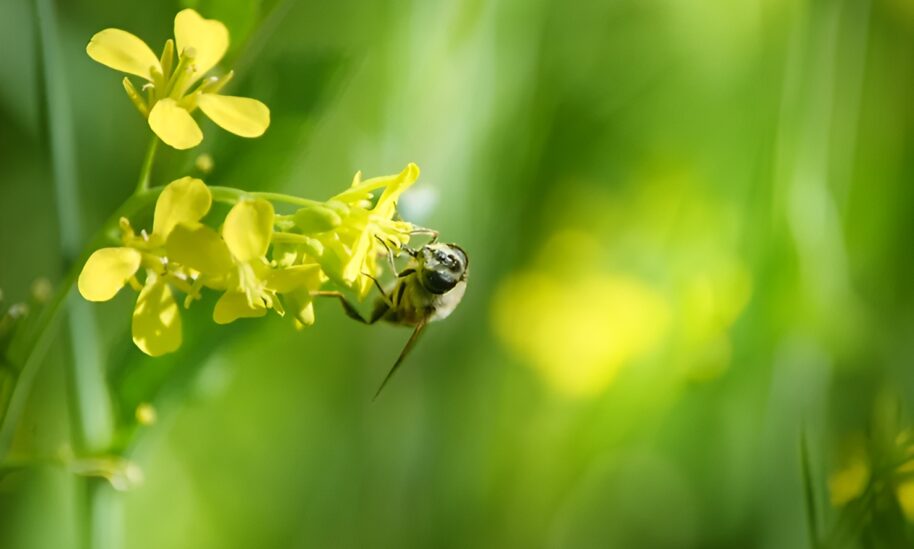A dramatic decline in the bee population at N.J. fruit farms; local scientists wonder whether it is a natural phenomenon or a warning about a future threat to the world’s food supply.
In a published study, the data collected over eight years represents pollination visits by 73 species of bees fitting into one of three broader categories — wild bees, bumble bees, and honey bees — to the flowers of watermelon plants.
The scientists said pollination of watermelon flowers by wild bees decreased by more than half between 2005 and 2012. The decline was similar for bumble bees and other types of wild bees. In contrast, the population of honey bees, which aren’t native to the region and are managed in hives by farmers, remained stable.
Watermelons depend on bees for pollination because each plant has separate male and female flowers. Female watermelon flowers require thousands of grains of pollen — meaning it takes multiple bee visits — to bear fruit.
Data collectors watched flowers for periods of 45 seconds and wrote down every bee visit they observed and then moved on and observed another flower for that time. They kept doing that throughout the day.
In New Jersey, the population of bees was still sufficient to pollinate crops despite the declines observed during the study. Hence, the crop supply wasn’t adversely affected, Aldercotte said. But studies of other crops in other parts of the country show that insufficient pollination often reduces crop production.
The researchers said their data underscores the need for more studies.



